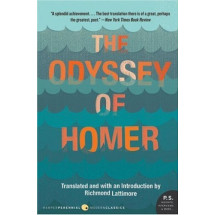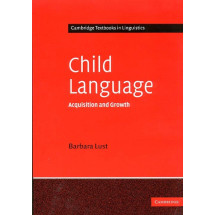Within the insular world of the English countryside, among struggling clerical families, husband-hunting mothers and daughters, country fools and snobs, Jane Austen found the raw material she needed to write brilliant novels widely admired for their satiric wit, subtlety and perfection of style. Sense and Sensibility is one of the best of these. It is the story of two sisters, Elinor and Marianne Dashwood, who represent sense and sensibility, respectively. When both appear to be deserted by the young men they had intended to marry, the stage is set for a delicious comedy of manners that not only showcases Austen's perception, humor and incomparable prose, but offers a splendid glimpse of upper and middle-class English society of the early 18th century
"Sense and Sensibility" is famously characterised as the story of two Dashwood sisters who embody the conflict between the oppressive nature of 'civilised' society and the human desire for romantic passion. However, there is far more to this story of two daughters made homeless by the death of their father. Elinor, 19, and Marianne, 17, initially project the opposing roles with Elinor cautious and unassuming about romantic matters, while Marianne is wild and passionate when she falls hopelessly in love with the libertine Mr Willoughby. But the lessons in love and life see the two characters develop and change with sense and sensibility needing to be compromised as a matter of survival.Written when Austen was just nineteen, this story has been read as a biographical reflection of her relationship with her own sister Cassandra, with the younger Jane being the victim of 'sensibility.' However, the novel is far more than a simple case of passion versus manners, and depicts the romantic complications of two women made highly vulnerable by the loss of their father and estate. With a raw and intense quality Austen creates a romantic masterpiece on the backdrop of a fragile social context. --This text refers to an alternate Paperback edition.
Jane Austen's first published novel introduced many of the themes which would dominate Austen's future work. Austen writes about everyday events of her own time with a subtlety and sensitivity unprecedented in the English novel. This edition follows the second edition of 1813, which corrects errors of the first edition. --This text refers to the Hardcover edition.
The witty and sharply satirical novels of Jane Austen (1775-1817) have an influence that shows no sign of waning, with continual adaptations and echoes in contemporary culture, and an ever-enthusiastic audience. --This text refers to an alternate Paperback edition.














